
Jaisalmer also has the soul of Rajasthan. It is a charming and mesmerizing city, which attracts tourists to itself. Jaisalmer, an important ancient trading center due to its strategic location on the camel trade routes, is often described as the ‘Golden City’. The Havelis built by 19th-century merchants are exquisitely carved out of golden-yellow sandstone and are still in beautiful condition. The fort, built by Rawal Jaisal in the 12th century, is situated on the 80 m high Trikuta Hill, Jaisalmer has beautifully carved Jain temples and parks.
JAISALMER WAR MUSEUM
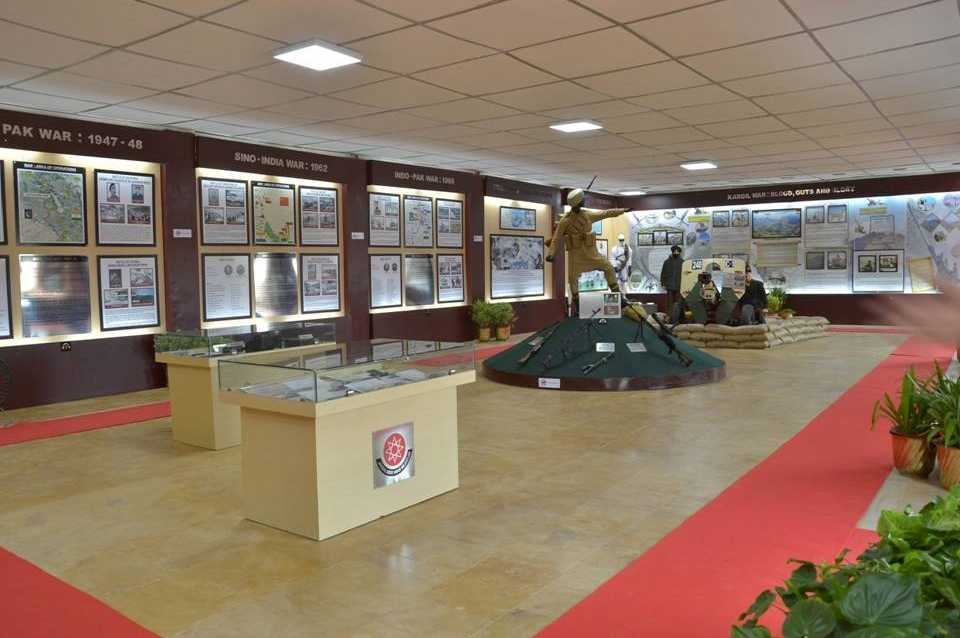
The Jaisalmer War Museum was established in the military station to honor the soldiers of the ‘Battle of Longewala’ fought in the year 1971. It reflects the bravery and sacrifice of the Indian Army. It was inaugurated for public viewing on 24 August 2015. This happened on the golden jubilee day of the Indo-Pakistani War in 1965. The museum popularly known as JWM has two information display halls and one audio-visual room. and a souvenir shop. one of these There is also a wall of honor on which the names of the gallantry award winners of Param Vir Chakra and Maha Vir Chakra are engraved. Along with tanks, guns, and military vehicles, there is a wealth of trophies and old equipment on display. The place also includes the murals of the soldiers who lost their lives during the war and also the weapons used for it. A film about the war is shown in the Audio-Visual Room in which the Maha Vir Chakra awardee Major Kuldeep Singh gives a detailed account of the soldiers who fought the Chandpuri battle. Located on the Jaisalmer-Jodhpur highway, at a distance of 2 hours from Jaisalmer, the memorial is a salute to the Indian Army.
DESERT NATIONAL PARK NEAR JAISALMER
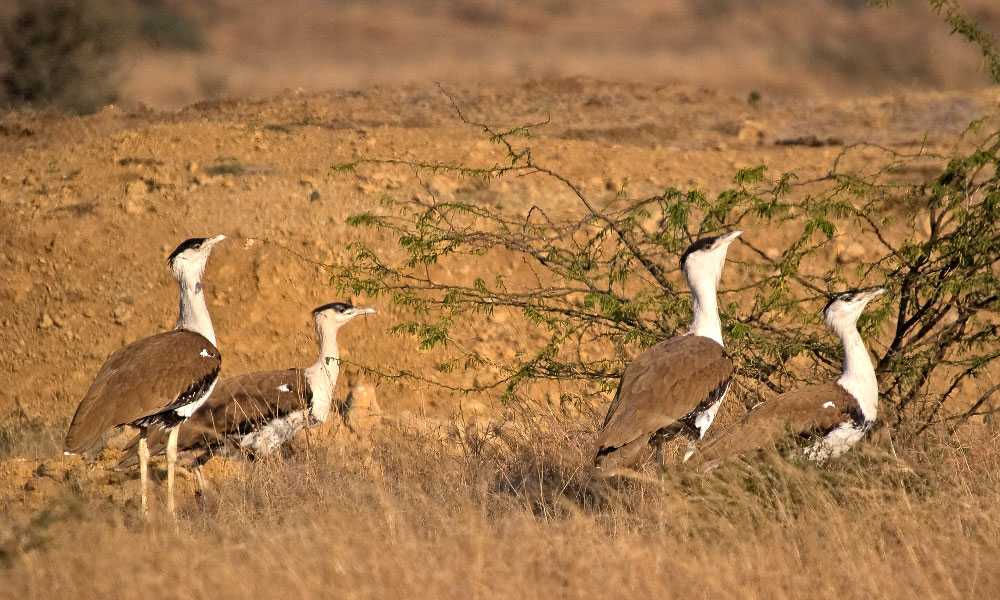
A visit to the Desert National Park will give a better understanding of how plants and animals have survived the aridity of the Thar Desert. Showcasing a unique array and collection of different species of flora and fauna, the museum attracts nature enthusiasts and botanists to a great extent. The terrain of this forest is full of jagged rocky surfaces interspersed with vegetation. Here The animals that you can spot are wolf, chinkara, black buck, and desert cat. Sand-gharials can also be seen in good numbers near the water holes. During the morning, you can see the abundant activity of early birds such as gray partridge for example. The park is known to be the abode of the Great Indian Bustard, the state bird of Rajasthan. National The park is located as a part of the Sudashree Forest. The national park is home to animals and birds that live in the desert. The wildlife sanctuary is spread over an area of about 3100 square kilometers and houses some exotic animals like desert wolves, nilgai, and spotted eagles.
AMAR SAGAR LAKE – JAISALMER
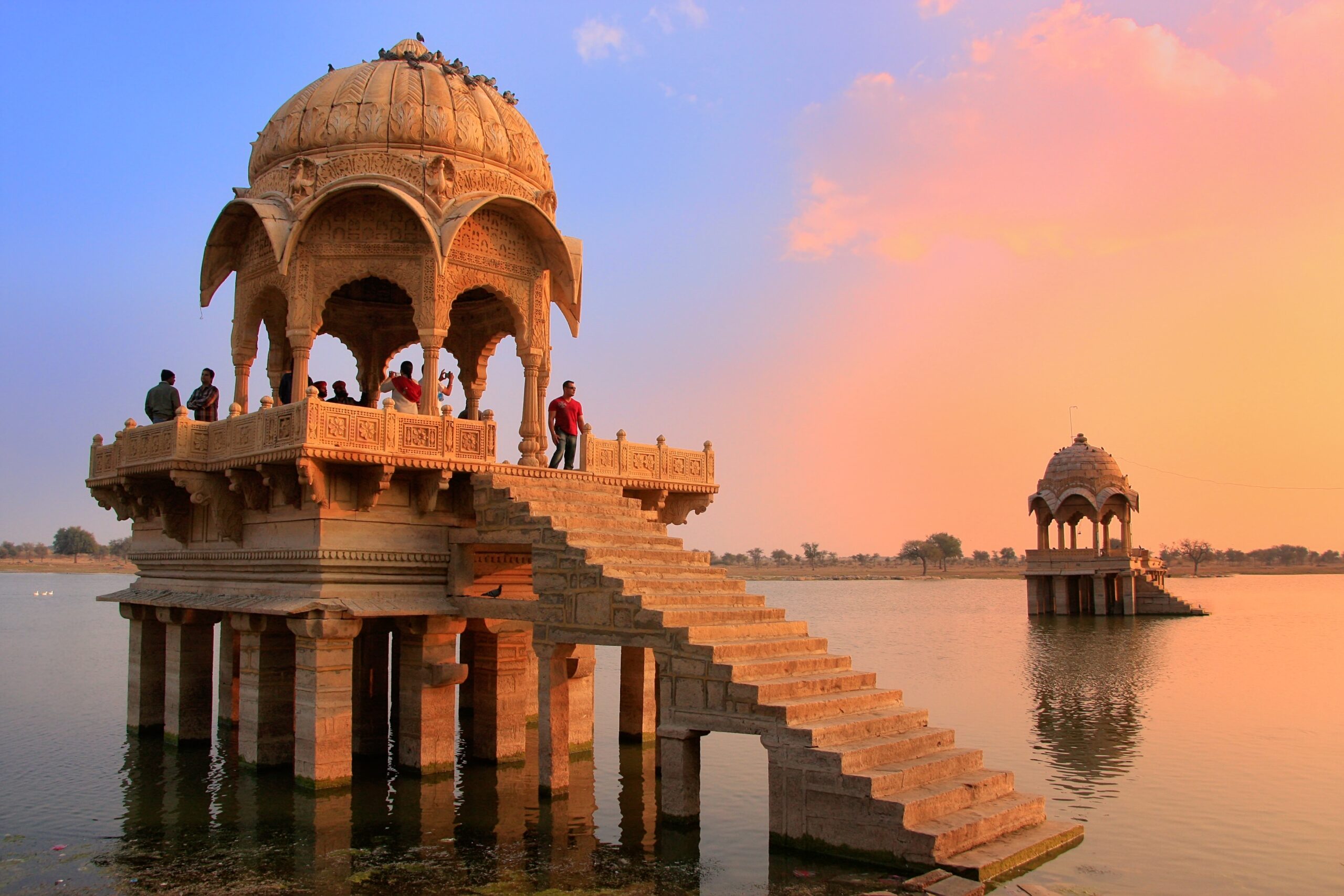
Located at a distance of about 7 km on the western outskirts of Jaisalmer city, the Amar Sagar lake cum oasis is made up of a series of ponds and wells as well as the old Shiva temple. The lake and temples adjacent to the Amar Singh Palace were built by Amar Singh, while the palace itself was established by Maharawal Akhai Singh in honor of his predecessor Amar Singh. One can easily walk down to the lake with the help of stairs built near the palace for this purpose. Many birds can also be seen around this lake, which makes it a paradise for bird watchers.
KHURI SAND DUNES
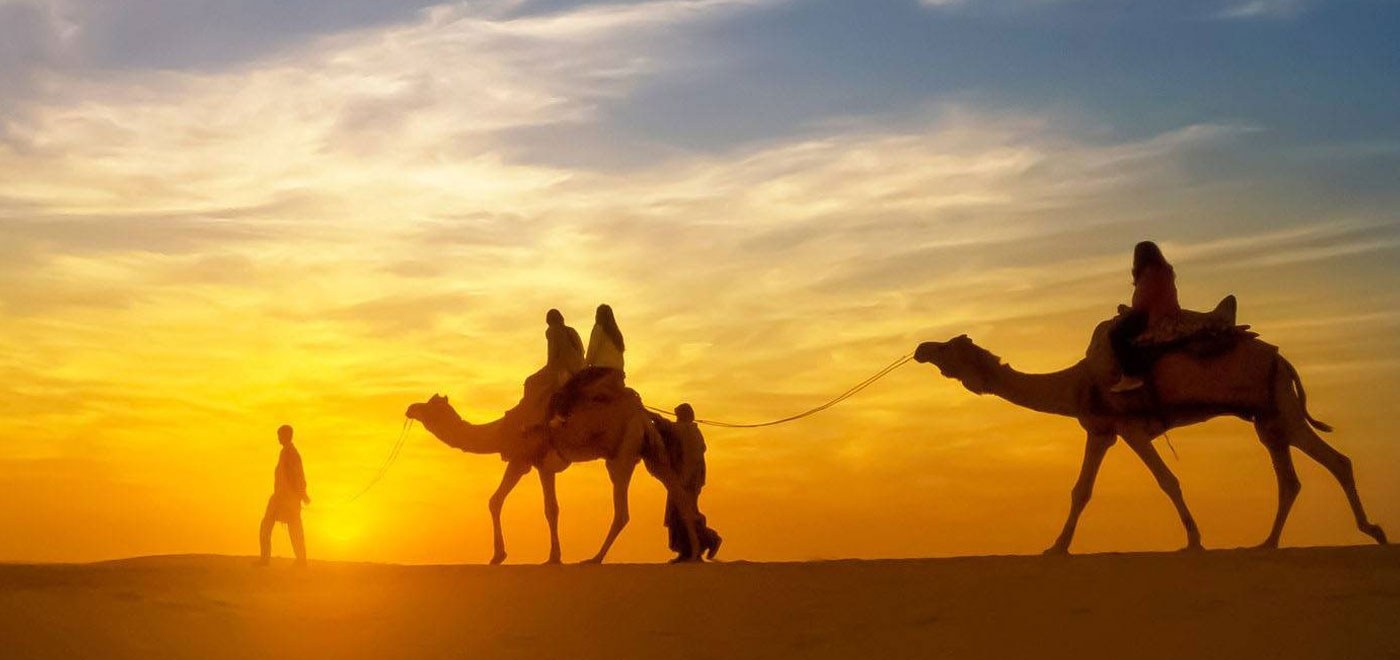
Apart from Sam Sand Dunes, Khuri Sand Dunes is the second most popular tourist destination in Jaisalmer for a desert safari. Want to experience village life and make memories under the stars in the desert? Explore the crisp sand dunes and opt for a camping trip in the desert. The accommodation may not be too fancy or luxurious as this is a proper village. But you will definitely enjoy the minimum lie here as some of the friendliest locals will tell you tales of Jaisalmer.
KULDHARA VILLAGE
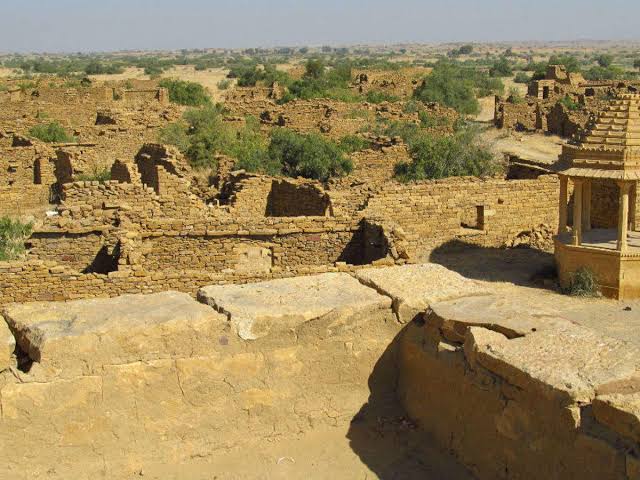
Another lesser-explored place around Jaisalmer city located on the outskirts is the ruins of Kuldhara village which dates back to the 13th century. It was the largest village of the community which consisted of 84 villages but in the early 19th century all the people of Kuldhara and the surrounding 83 villages disappeared into obscurity. The reasons are still unknown, but the village is said to have been cursed and hence considered one of the most haunted villages in India. Nonetheless, the place still retains some of the best architectural works like temples and step wells which assure a planned settlement over 7 centuries.
Also, read our blog on Jawai, Rajasthan.
